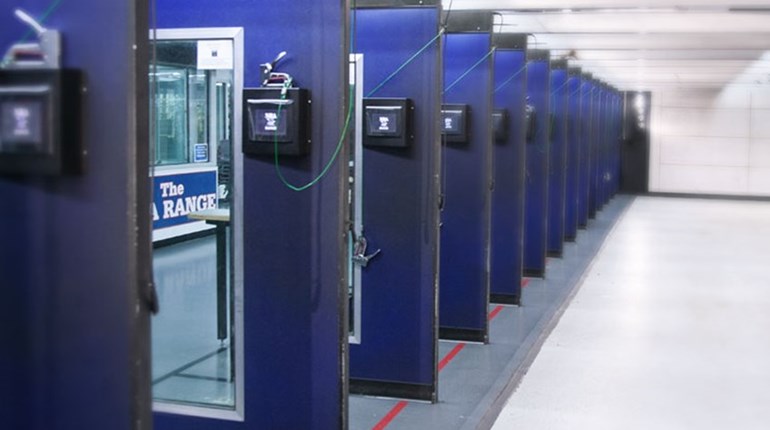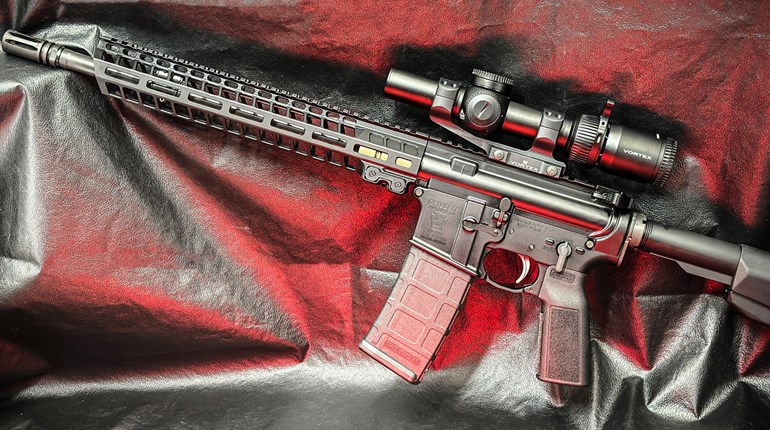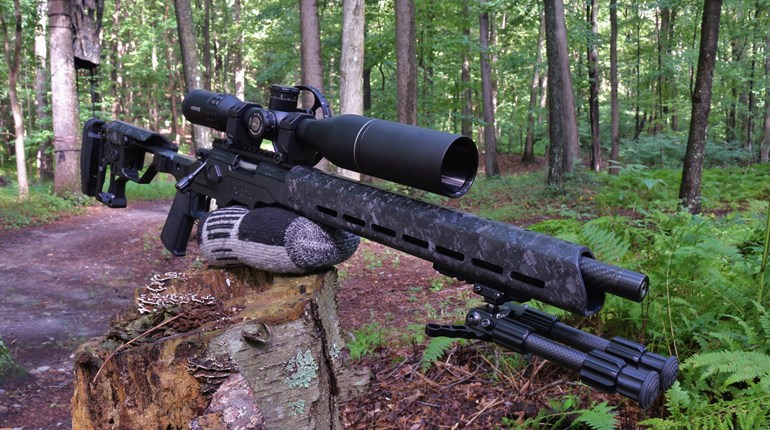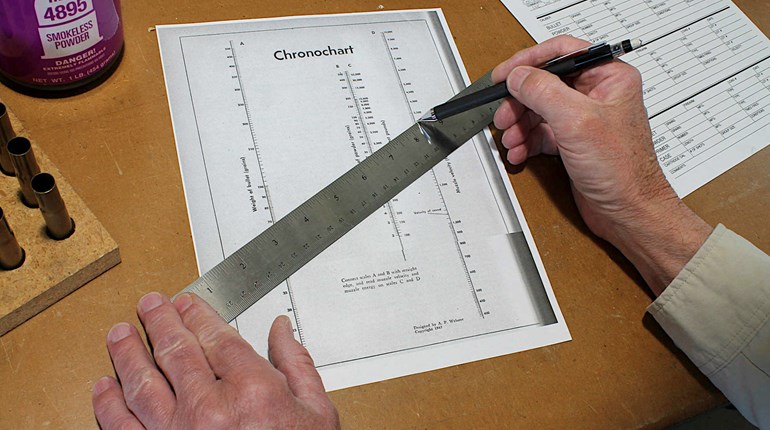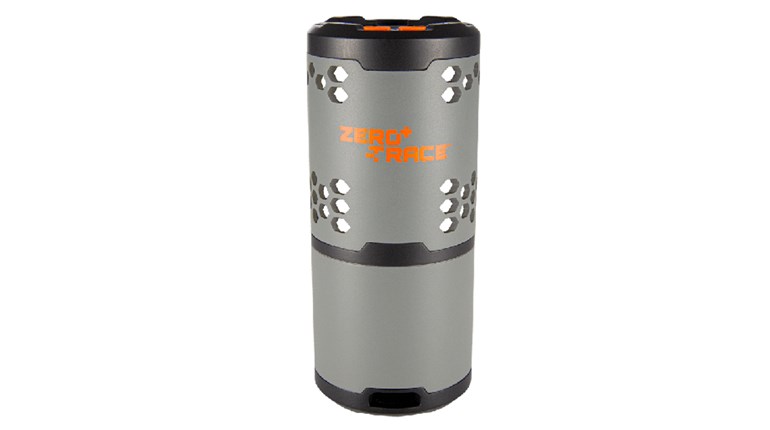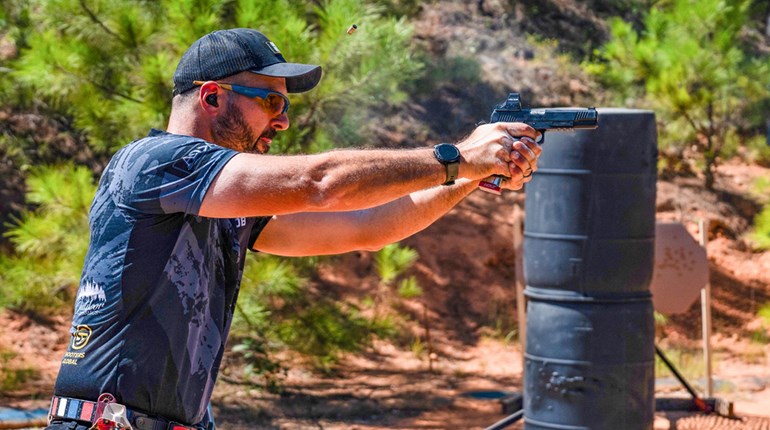
The RCBS ChargeMaster has always been the Cadillac of powder dispensers. Through a self-driven trickler and electronic scale, reloaders could just press a few buttons and get an exact charge for their rifle or pistol cartridges. That’s great if you have a Cadillac budget, but for those that don’t RCBS followed up this design with their ChargeMaster Lite. This scaled-down version produced similar results for about $100 less and put powder handling simplicity into far more hands. However, what about the precision shooter who desires more? Maybe a Cadillac just doesn’t cut it for their Maserati tastes. Perhaps this select group demands the ultimate in performance and money is just not an issue. For these folks, RCBS has delivered the MatchMaster and it is quite an advancement when compared to nearly anything else on the market at this time.
The MatchMaster takes the Chargemaster to the next level with a highly advanced load cell that is accurate down to .04 of a grain. This was big news to me because previous to this only equipment like the Prometheus could do better than +/- .1 grain. To most accuracy might seem precise enough, but that means if you are trying to make identical rounds with a charge of 25.0 grains you will have some as low as 24.9 and some as high as 25.1. While many guns won’t notice, today’s higher-end precision rifles will. This charge variance really comes into play at extended distances, usually in the form of vertical stringing from velocity deviation.
In order to dispense to this level of scrutiny RCBS abandoned the single tube trickling design and replaced it with a two-tube system that shares the load (sorry) by initiating its pour with a larger spout before switching over to a much thinner one to trickle that last bit. All of this new technology is controlled via a touchscreen on the face of the device, or the handy RCBS app that connects over Bluetooth. The app can be used to fine-tune when the second tube takes over, as well as the overall dispensing speed. You can even use it to save your settings for each powder type and charge weight.
Eager to see how well the new product worked, I decided to put it up against the least expensive model in the RCBS line, the ChargeMaster Lite. My goal was to note the variance within charges from a high-quality scale that is rated at +/- .1 accuracy and see how they affected one of the most finicky rifles that I have chambered in 6.5 Creedmoor. I have been chasing better accuracy with this gun for some time, so it was a perfect choice for this test. During my evaluation, I was to record velocity and calculate standard deviation and extreme spread as well as tabulate the resultant group averages. I also set out to get an idea of how much slower the precision built MatchMaster was if any by timing both scales with a stopwatch.
So out of their boxes, both were just about ready to run. The MatchMaster comes with a transportation screw that needs to be turned into the unit’s body in order to operate, unlike the LITE. Although the calibration routines were identical the MatchMaster used a 50 gram and a 20-gram check weight as opposed to the LITE’s dual 50-gram setup. This is likely to accommodate that more refined load cell. After the 15 minute warm-up period (I wasn’t a fan) I began construction of my pet load that contains a 41.5-grain charge of Hodgdon 4350. With stopwatch in hand, I timed both the LITE and the MatchMaster as they each threw 10 loads. The average load time on the LITE was 27.2 seconds and surprisingly the MatchMaster was not too far behind at 32 seconds. Of course in the standard mode, it runs faster, but you lose that .04 +/- accuracy and go down to the same accuracy as the LITE. So essentially if you were to load 100 rounds it would take you about eight minutes longer…yeah, this thing is never going to see standard mode at my house, ever.
Charges from the LITE were a bit eye-opening when I checked them on the MatchMaster. My five-load sample had a load as light as 41.42 and some as heavy as 41.58. This might seem minor but when you compare it to the 41.48 - 41.52 five-round sample from the MatchMaster it looks monstrous. It also turns out that one kernel of H4350 weighs .02 of a grain, so my charges were all within about two granules of powder! I finished up by seating Hornady 147 grain ELD MATCH bullets with a Forster Precision Micrometer seating die and carefully placed them into an MTM Deluxe H-50 series box. I went with this box because it supports the rounds in a way that the tips are protected, ensuring that I wouldn’t have to worry about this accuracy robbing variable in my delicate experiment. I also like that it has a locking latch, in case the box takes a dive in transit and scrambles the rounds in my backseat. At this point, it would be back to the drawing board, so it is a worthwhile investment to the precision handloader.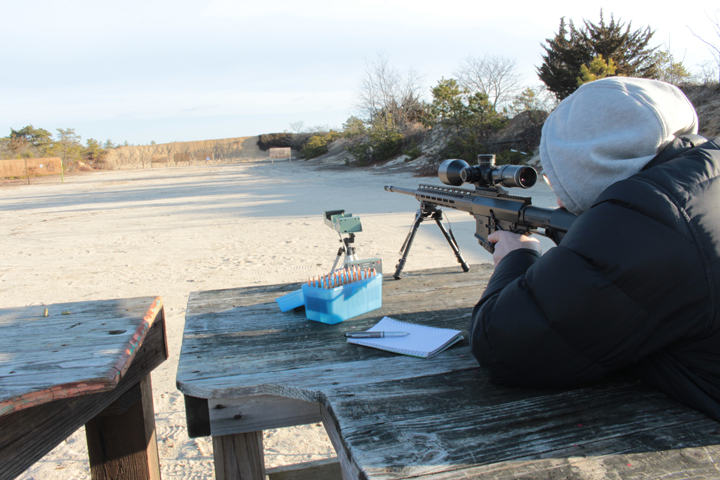
My Range day was perfect. I had absolutely zero wind and a crisp ambient temperature of 36 degrees. These conditions are perfect for keeping a barrel cool, eliminating yet another variable. Before I started I fired a group to take away that cold bore wild card and at the same time confirm alignment with my Shooting Chrony Chronograph. Next, I started some group therapy and allowed five minutes in between each to allow the barrel to cool slightly. Tallying up the velocities I determined that the rounds built with the ChargeMaster Lite had an extreme spread of 99 FPS and a standard deviation of 29.6 while the MatchMaster loads only had an ES of 35 and an SD of 11.1. From a velocity standpoint, the ammunition performed nearly three times more consistently when built with the MatchMaster.
Of course, the numbers are nice, but what about the groups? Well, our average on the LITE groups came in at 1.045 inches while the MatchMaster rounds got us down to .952 of an inch. At 100 yards groups were certainly smaller from the rounds made with the MatchMaster, although not dramatically noticeable due to the relatively close target distance. However, when we look at the extreme spread and the standard deviation averages it is quite obvious that the rounds made with the MatchMaster are of a higher quality. These numbers really matter when you get into distances of 1,000 yards or more, as they can be the difference between a hit or a complete miss.
So in closing, is it worth it? Yep and here’s why: Sure, at a $909 MSRP it is going to cost significantly more than other powder dispensers on the market but at the same time equipment like this helps you get the entire value out of your scope and rifle. Your long-range rig may have cost more than $2000 between iron and glass, but the only way to see that investment is with perfect ammunition. Another interested demographic might be shooters would be those trying to tune something very finicky. With the ability to load .02 of a grain either way you have the ability to really dial something in. In a later experiment that's exactly what I plan to do with this gun and hopefully get it to group within half of a minute of angle…let’s just hope shooter error is less than that!












